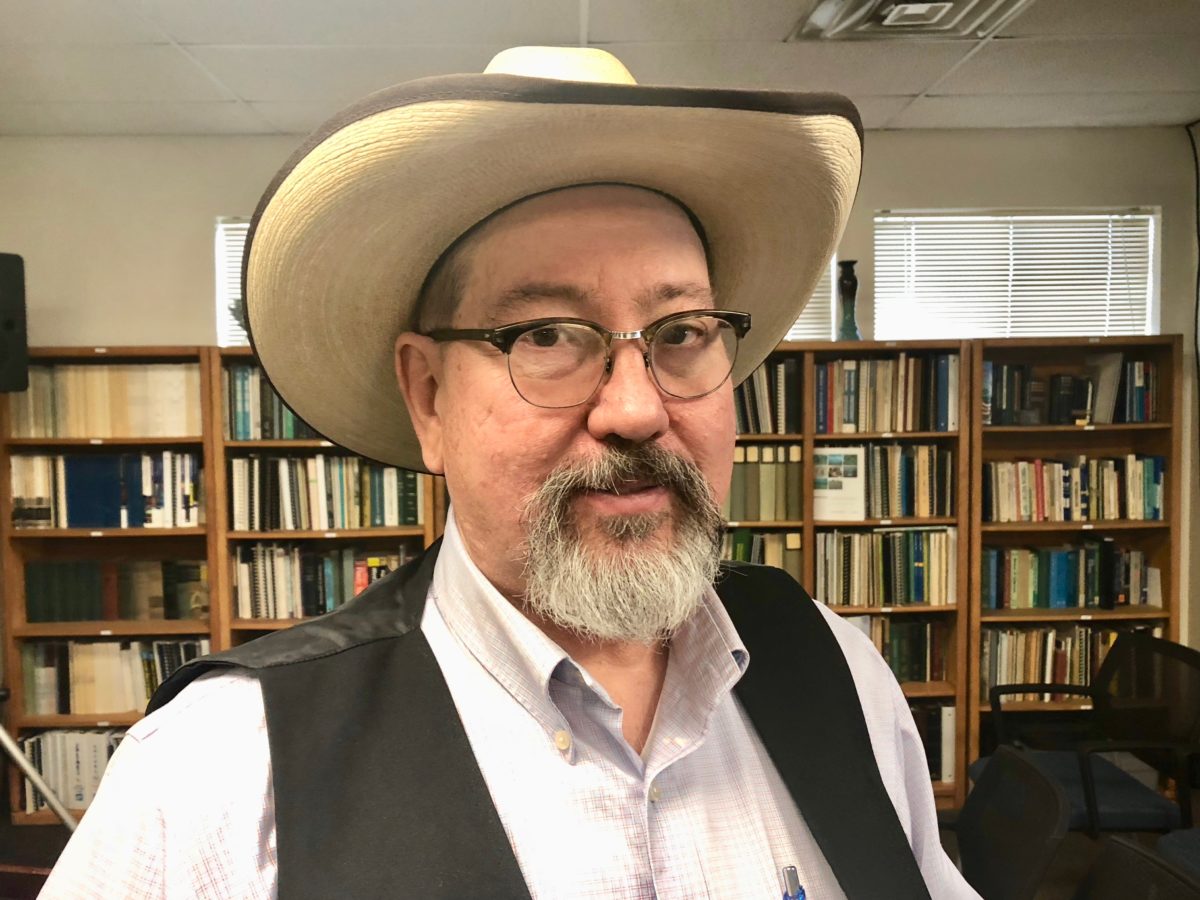Many Questions Around SGMA Law
SGMA Law is Poorly Written
By Patrick Cavanaugh, Editor
A recent meeting brought farmers and other stakeholders to California State University, Fresno to discuss the possible impacts of the Sustainable Groundwater Management Act (SGMA).
SGMA requires governments and water agencies of high and medium priority groundwater basins to halt overdraft pumping and to bring those basins in equal levels between pumping and recharge. Under SGMA, these basins should reach sustainability within 20 years of implementing their sustainability plans. For critically over drafted basins, that will be 2040. For the remaining high and medium priority basins, 2042 is the deadline.
Don Wright,the publisher of WaterWrights.net, which is the only agriculture water reporting service in the Valley, spoke om the topic.
“SGMA is an overwhelming concept for most people because it’s an overwhelmingly poorly written law,” Wright said. “However, you show me anybody more creative than a farmer trying to get water. Hopefully, people left [the meeting] with the hope that others are looking out for solutions.”

Farmers and other stakeholders attended a recent SGMA meeting at California State University, Fresno.
Wright explained that the meeting helps blunt the impacts, the intended consequences, and the unintended consequences that come from legislation like this.
On the panel were farmers, agronomist, soil engineers, farmers, and a water attorney.
“All of these people are intimately involved in how the junction between water being delivered to the plants and harvest taken place. A lot of questions were answered, more importantly, we started defining the issues that need to be asked. And often that’s often the most critical step,” Wright said.
Lauren Layne, a water law attorney with Baker Manock and Jensen, suggested that farmers take action and put meters on their wells to start collecting data that could be of use to them.
“That’s a double edge sword,” Wright said. “For one it’s, it’s like putting a GPS on your vehicle for the government to follow you around. You don’t want that. You don’t want the government necessarily know how much water you’re using. But on the other side, if you keep that information private, once SGMA starts being implemented, and you can prove that you’ve used X amount of water, you can report your average cost per acre. Also, if a farmer is in an area with surface deliveries, how much does the surface deliveries impact your pumping? That’s a great combination to have.”
Wright said if the industry can get enough information, then they can report that the reason the farming industry needs to repair aquifers is due to cut offs from the deliveries to farmers.
Service providers, product manufacturers, and designers are looking at solutions to SGMA. These products can be seen at Fresno State’s Water Energy and Technology (WET) Center.
“It’s all about how can we keep farmers farming,” Wright said. “I know when a farmer is by himself and your back is against the wall, people are looking out for you.”
Wright also explained that the people that are populating the Groundwater Sustainability Agency (GSA) boards are not the enemy.
“They are men and women like you and I, with a stake in it. They are not the ones trying to cut off the water; they are the ones with boots on the ground dealing with a poorly written law.”










